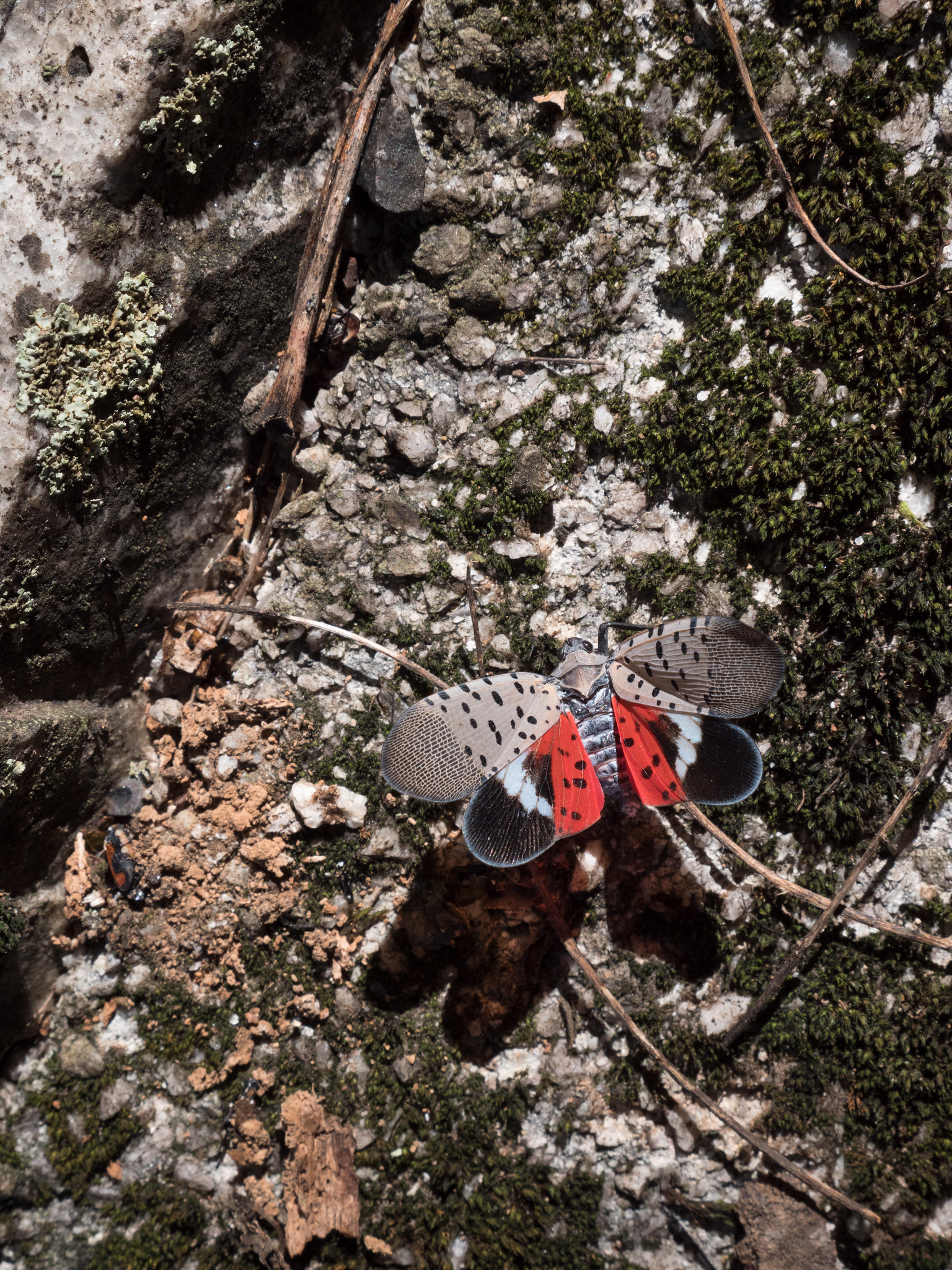
We support global collaborations to improve management of forest invasive pests and to prevent or minimize new infestations in the United States. Under the International Forestry Cooperation Act of 1990, the Forest Service is authorized to collaborate internationally on critical natural resource challenges—including the prevention and management of invasive species that threaten ecosystems and economies.
Invasive species pose a significant threat to the health of U.S. forests and grasslands, causing widespread ecological damage and inflicting massive economic costs. The forest products industry alone loses an estimated $4.2 billion annually due to invasive pests. Tackling these threats requires international collaboration for the exchange of research and technical expertise, to develop control measures, and to anticipate future risks to U.S. forests. The Forest Service Office of International Programs and Trade is working internationally to study invasive species in the U.S. as well as where they originate.
We help address the most significant forest pest challenges facing the United States.
Addressing invasive pests requires international efforts to:
.svg)

.svg)